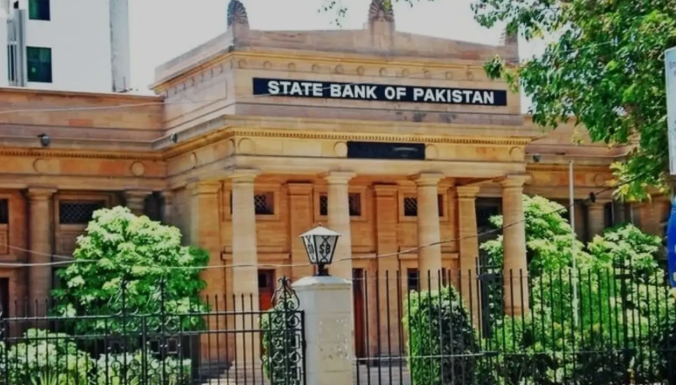Account Deficit in January: A Cause for Concern
The current account posted a deficit of $420 million in January, almost the same as in January 2024. However, the deficit slashed a rising surplus accumulated during the current fiscal year (FY25). Financial market experts see the situation as alarming since the January deficit reflected growing pressure on the country’s foreign exchange reserves. Even though remittances grew by $5 billion during the first seven months of the current fiscal year, the current account posted a deficit.
State Bank Data and Surplus Trends
According to data issued by the State Bank on Tuesday, the deficit stood at $420m last month—a marginal rise from $404m in January last year. However, December posted a surplus of $474m, raising the total for the first six months of FY25 to $1.2bn. The July-Jan period of FY25 still shows a surplus of $628m, compared to a deficit of $1.8bn in the same period of the last fiscal year.
Finance Ministry and State Bank Projections
Both the finance ministry and the State Bank are of the view that the current account would be plus or minus by 0.5 per cent of GDP at the end of FY25. The State Bank’s foreign exchange reserves have been declining even though it purchased dollars from the inter-bank market. The SBP purchased $3.8bn from commercial banks during the first four months of the current fiscal year (July to October) to improve its reserves and repay foreign debt. However, the central bank’s reserves fell by $1bn in eight weeks — from Dec 13 to Feb 7.
Impact of Higher Remittances
Bankers said the unexpectedly higher remittances provided enough liquidity in the inter-bank market, helping SBP buy dollars to reach the target of $13bn by the end of FY25. According to the State Bank, the export of goods rose to $19.2bn during the first seven months of FY25 — an increase of $1.349bn. The import increase was larger than exports as the former went up by $3.27bn to $33.314bn during this period. Services exports slightly increased to $4.749bn, compared to $4.473bn in the same period of the previous fiscal year. Imports of services did not show any significant change, registering $6.678bn compared to $6.121bn in the last fiscal year.
Trade Balance and Government Position
The balance on trade in goods and services during July-Jan FY25 was negative at $16.068bn. The balance was in the negative at $13.866bn during the same period last year. So far the government is on the safe side with the current account surplus, but the trend shows the current account surplus would change soon with the deficit. In the case of the current account deficit in the coming months, the biggest loss could be the destabilisation of the exchange rate. The exchange rate has been stable for more than a year, protecting the economy from dollarisation. If the exchange rate destabilises, the demand for dollars would shoot up and the entire balance sheet of the external account would be upset.
Upcoming Challenges
The huge task of external debt servicing is still unresolved while the IMF’s scheduled mission next month is expected to ask the country for sources to repay the debt during FY25. The government needs to maintain stability in the exchange rate to avoid further economic challenges caused by the “account deficit in January.”



